This standard is critical to the truth and reconciliation commission and its calls to action. This standard makes sure that Indigenous perspectives and knowledge are part of the education system. Teachers who follow this standard engage with local First Nations and educate themselves and their students in the different perspectives of Indigenous peoples in Canada. This standard requires an earnest effort and respect for Indigenous cultures making sure they are presented respectfully and correctly in the classroom setting. this standard reflects the need of teachers to create a deeper understanding of Indigenous culture in order to present Indigenous teachings in correct and respectful ways. Teachers who follow this standard contribute towards the aims of the Truth and Reconciliation commission in meaningful and impactful ways. In my experience I can engage with this standard through a variety of ways. The first way is to educate myself by seeking out knowledge holders and engaging with Indigenous communities myself. It is important as well that even with the knowledge gain that I do not presume to speak for Indigenous peoples. To make sure that I teach my students authentically it is important that I bring in Indigenous perspectives through speakers, writings and other media that allow Indigenous people to share their own stories and histories. This is what I did when I was teaching First peoples 12. I brought in as many different voices and writings into my class as possible . I made sure that I brought in stories that were different and had different tones to them to show that there is a large variety ad many differences and unique perspectives that Indigenous people have across Canada. I made an effort to dispel myths about Indigenous people and have my students do research on many Indigenous leaders and issues to to establish a baseline for them to expand their understanding of Indigenous communities.
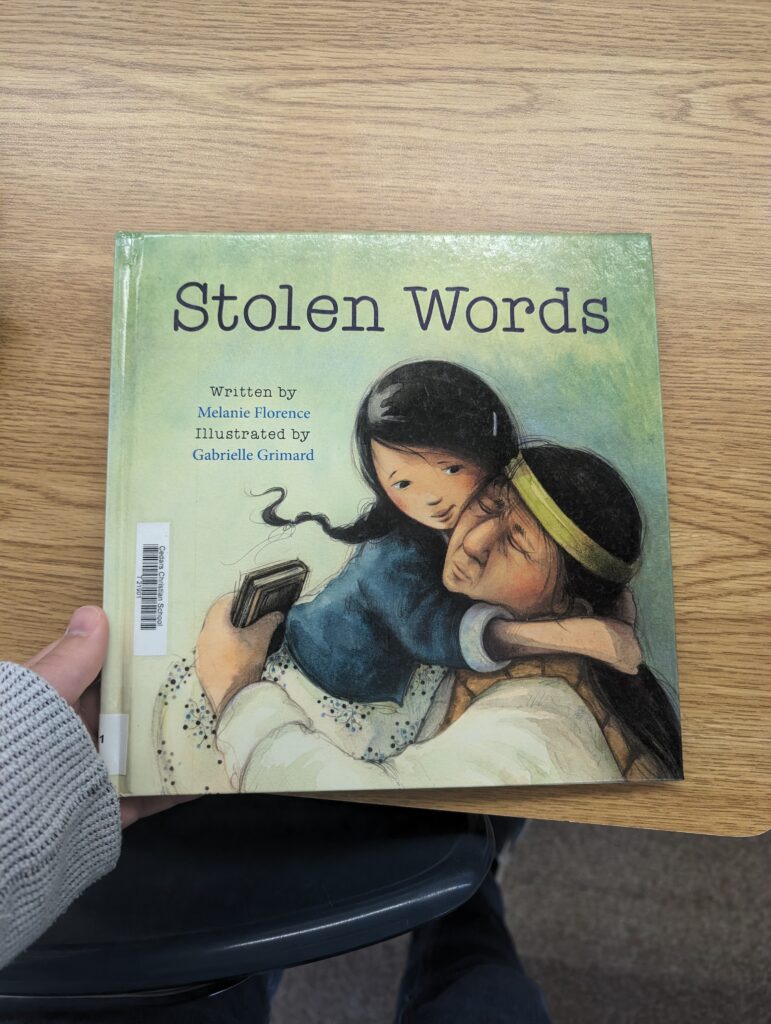
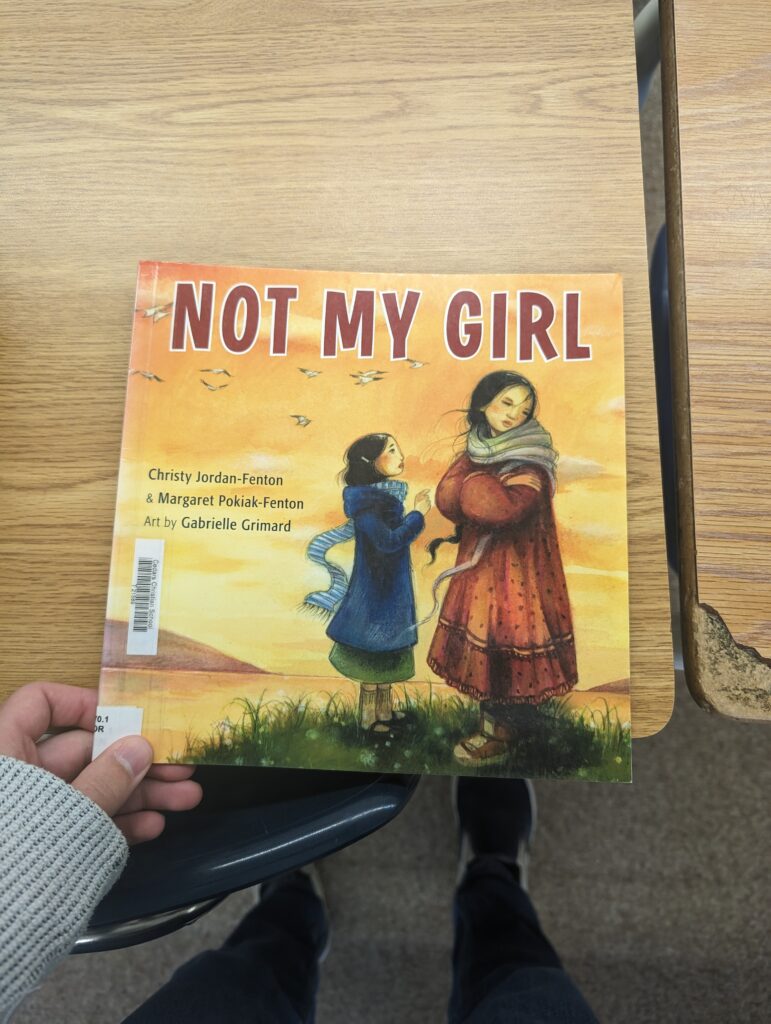

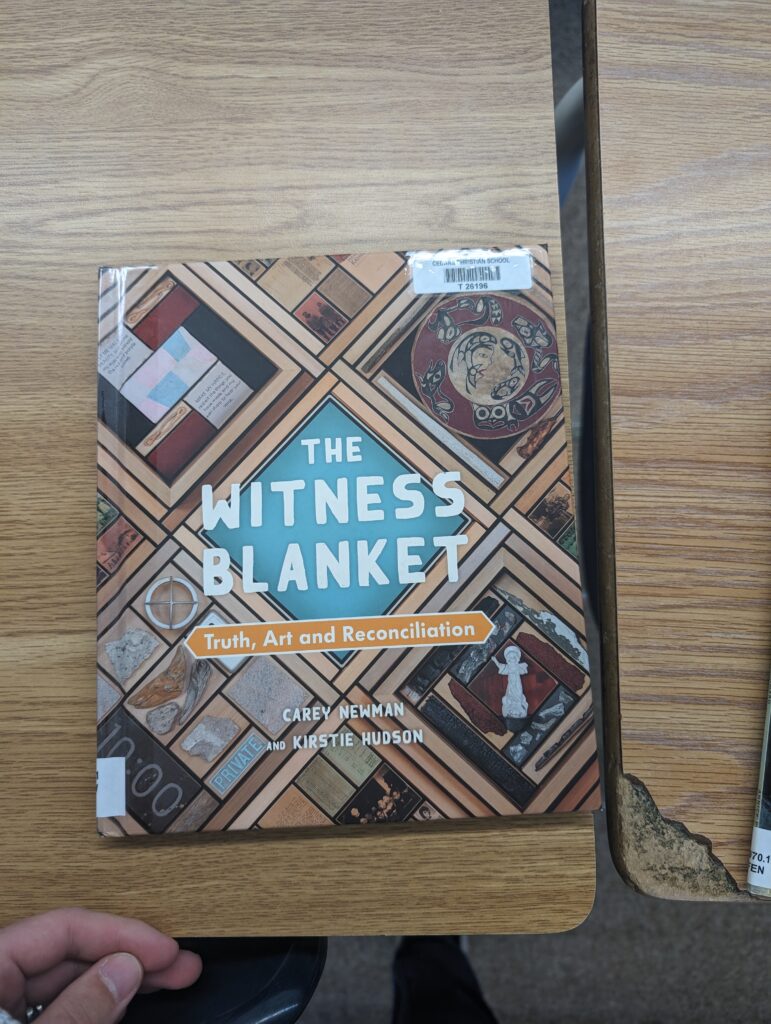
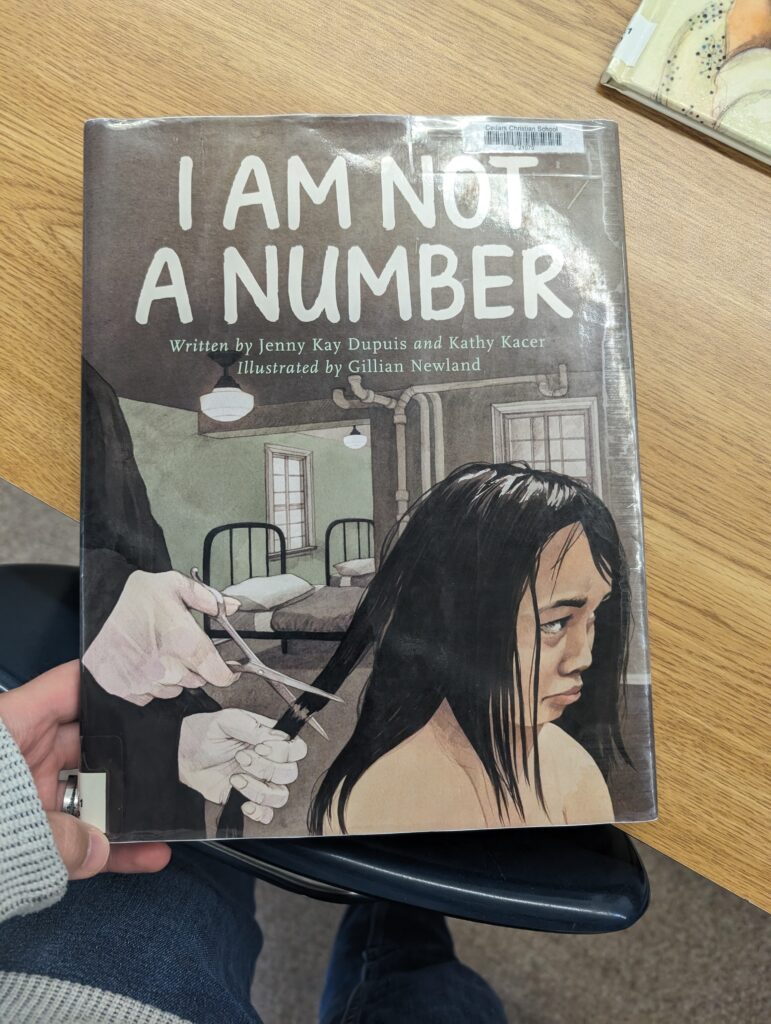
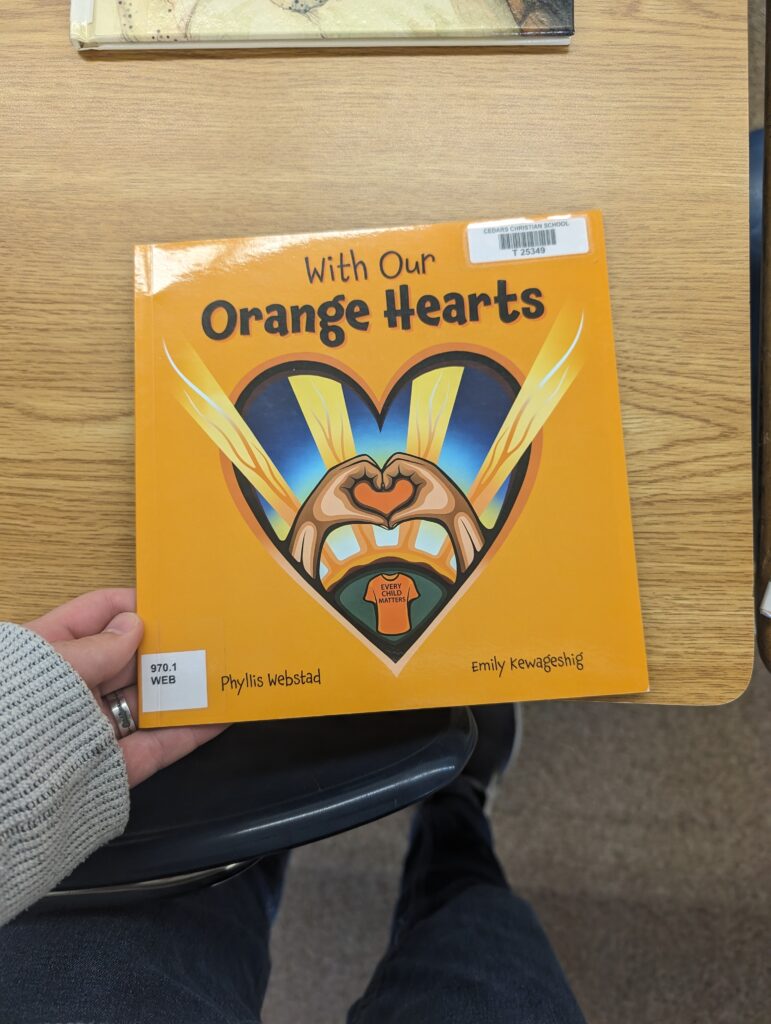
Books I used in my practicum